From ‘death sentence’ to ‘treatable disease’: lung cancer battle levels up
Lung cancer is the biggest killer of all cancers, with one person in Australia dying of the disease every hour. But with a new screening program, it need not be a death sentence.
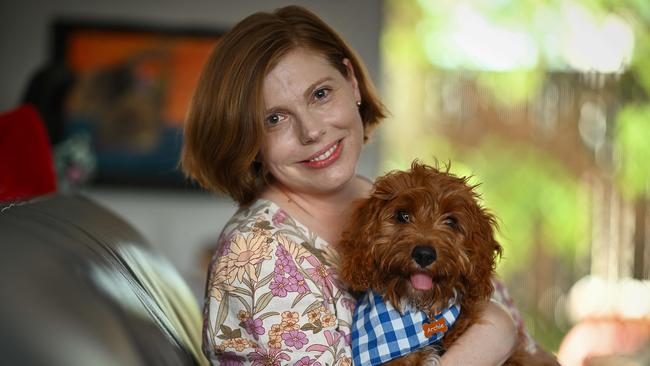
Stacey Allerton was walking up her stairs to bed when she heard a snap. Collapsing to the ground, she had no idea what had happened. In the emergency department soon afterwards, she described to doctors the vague symptoms she had lately been experiencing: headaches, back pain, pain in her right leg, shortness of breath. Then x-rays revealed the worst.
“They could see a pathological fracture,” says Ms Allerton, 45. “Cancer had eaten away at my femur.”
The primary primary cancer – which had already spread throughout her skeleton and also to her brain – was later revealed to be lung cancer. It was a huge shock for the Brisbane mother, who had never been a smoker. “This is a strange place to find myself,” Ms Allerton says. “But my story is quite a common story with lung cancer.”
Lung cancer is now the nation’s biggest killer of all cancers, with one person in Australia dying of the disease every hour, and it’s the third leading cause of premature disease death. Some 9000 Australians are diagnosed with lung cancer every year, and its incidence is on the rise. It’s being increasingly diagnosed in younger women like Ms Allerton, who usually have few symptoms until the cancer is at an advanced stage. As many as 35 per cent of lung cancer diagnoses in women are among those who have never smoked. The five-year survival rate is only 26 per cent. “My future is really quite uncertain,” says Ms Allerton, whose condition is currently stable on a targeted gene therapy that is keeping her Stage 4 non small cell lung cancer in check – but only for now. “It’s a very real possibility that I will be one of those people that doesn’t live beyond five years,” she says.
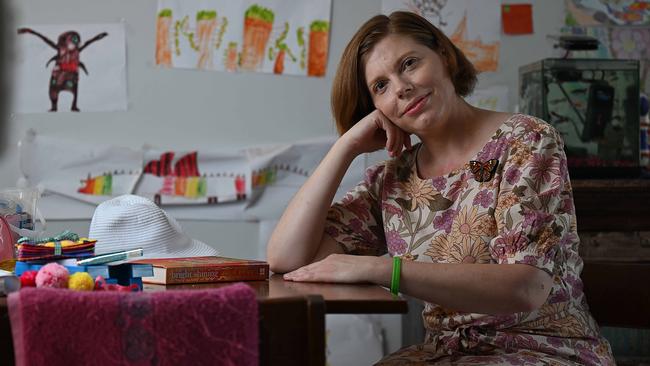
Australia is preparing by the mid-year to begin a National Lung Cancer Screening Program in an effort to detect lung tumours at an earlier stage with the goal of saving 12,000 lives in the program’s first decade. The ultimate goal of the screening program is to transform a lung cancer diagnosis from a death sentence to a treatable disease.
“I think this is a transformative step,” says Kwun Fong, a leading thoracic physician at Brisbane’s Prince Charles Hospital and Professor of Medicine at the University of Queensland. “This is the first new national screening program in Australia for many, many years. The overall evidence from around the world now is it’s irrefutable that lung cancer screening saves lives, and not many countries have national programs, and so we’re very lucky that we have this program starting soon. It’s a game changer.”
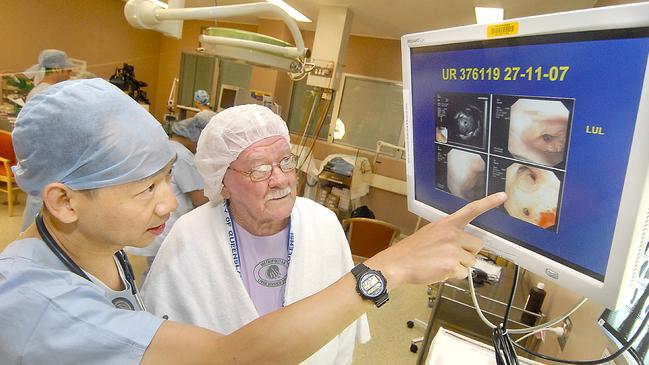
The Australian Lung Cancer Conference to begin on Wednesday in Adelaide will mark the 100-day countdown until Australia’s lung cancer screening program begins. The conference will hear from leading international figures in thoracic medicine, including British professor David Baldwin, who will share details of the extraordinary gains in early diagnosis that have recently been achieved in the UK as a result of targeted screening initiatives.
Britain’s rates of one-year survival from cancers for years languished behind the rest of the world – a proxy indication of how late cancers in the country tended to present. The National Health Service has led a push to drive up rates of early diagnosis and speed of cancer presentation, with a targeted lung-health-checks program the initiative’s centrepiece. Through systematic screening of GP records, high-risk people aged between 55 and 70 are identified and sent text messages inviting them to present for screening. A network of CT scanners, many in mobile trucks in community locations such as shopping centre car parks, provide easy access.
“We know that the people who have the highest rates of smoking and who have the highest rates of lung cancer are often the least well off, and they are also the ones who have the most problems with simple things like transport, getting to hospital appointments and so on,” says Professor Peter Johnson, National Clinical Director for cancer at the NHS. “So, we’ve looked at the people at highest risk, we’ve thought about how you make the diagnostics easily available to them and invited them in.””
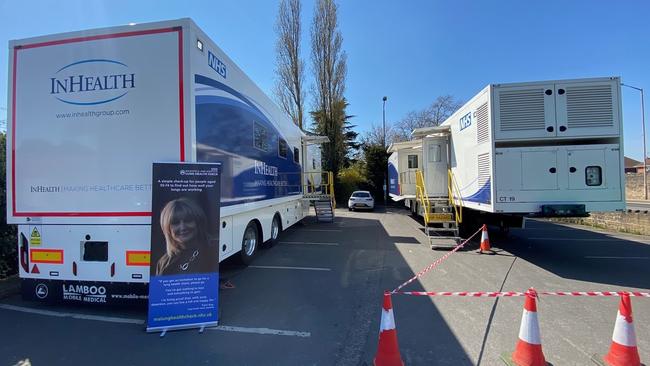
So far, about 5500 cancers have been detected via screening under the NHS Cancer Program. Before the initiative began, an average of 25 to 30 per cent of lung cancers were caught at an early stage. Now, that figure has risen to 75 per cent.
““In lung cancer, what we’ve seen is by targeting the most deprived populations – where lung cancer is more common - they’ve become the most likely to have early stage disease identified,” Professor Johnson says. “I think that’s a really important point because what it tells us is that we’re not helpless in the face of the wider determinants of ill health.”
The trend has significant implications for Australia, where cancer rates are three times higher in rural and regional areas than in the cities, and there are major challenges with access to screening services and comprehensive healthcare.
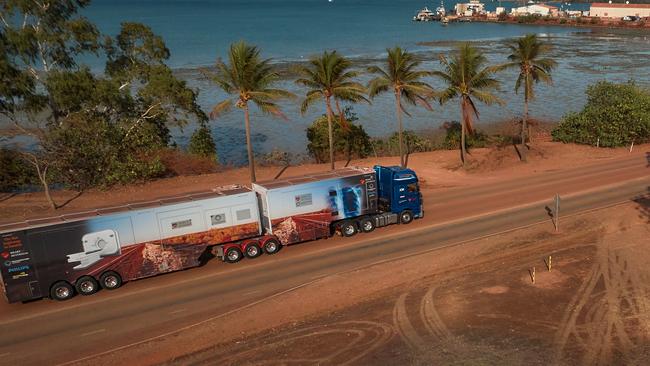
“It’s very exciting what they’ve been able to achieve in the UK, we’re very impressed,” Professor Kwun says. “They’ve come from a very low base and taken advantage of the gaps they’ve identified, and using the system which is integral in terms of co-ordination, which is the NHS, worked at ways to address those gaps.
“We started off a base which is probably higher I would suggest, and therefore our gains would be not as big in magnitude as we implement our screening program. But we have potentially a chance to provide a similar benefit to our communities by introducing effective and cost-effective interventions, things like reaching out to ensure people who are at risk are offered screening.”
Without a single national health system like the NHS, Australia will have to rely on a high level of awareness largely from GPs and public education campaigns to make people aware that they should access lung cancer screening. Australia like the UK will also employ the use of lung cancer screening trucks like those currently operated by the organisation Heart of Australia.
Patients like Ms Allerton would like to see the program eventually expanded to those who would have no idea at all they could be at risk.
“I’m hoping this will raise more awareness that all you really need to get lung cancer is lungs,” Ms Allerton says.
“I’m really hopeful that they expand the program because there are lots of factors that increase your risk for lung cancer besides smoking. I’m a great example of that. I would not want any family to experience what my family are experiencing.”


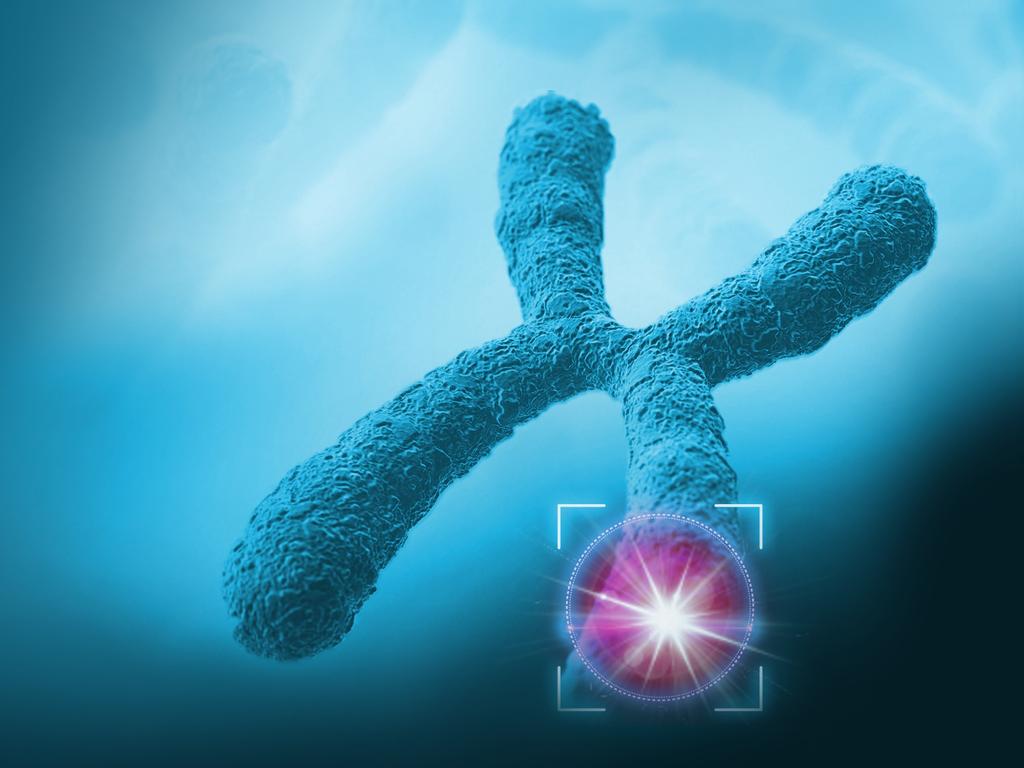


To join the conversation, please log in. Don't have an account? Register
Join the conversation, you are commenting as Logout